by Thomas O’Dwyer
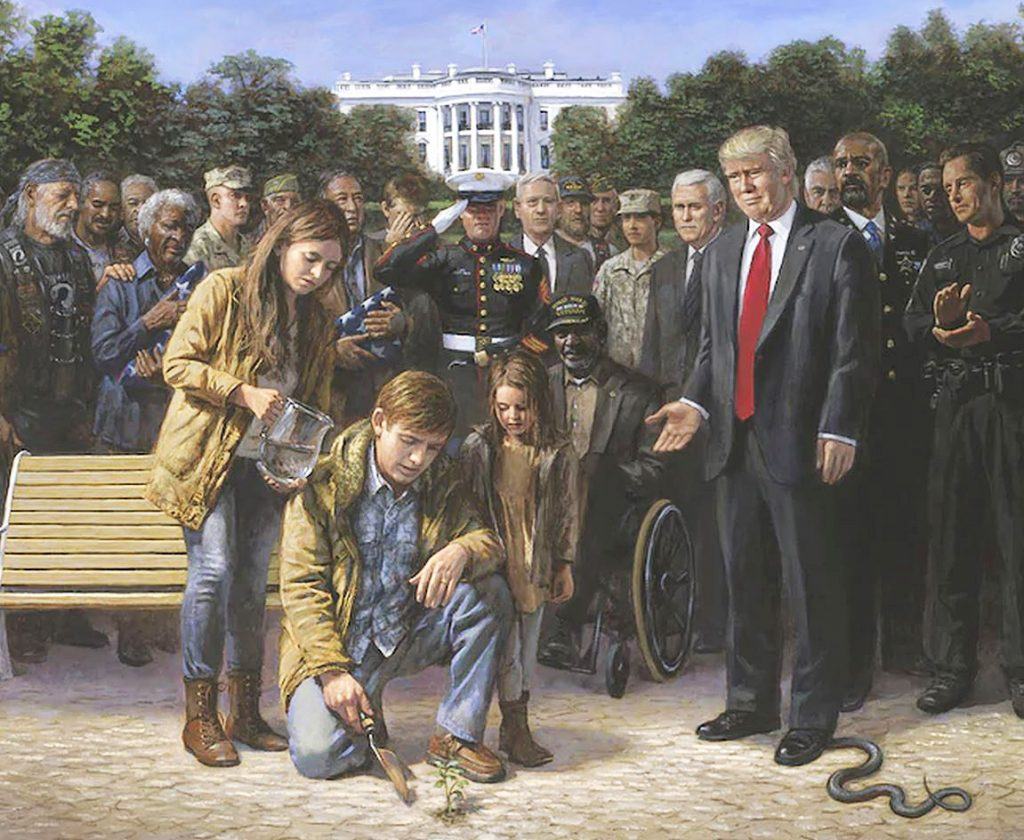
A statue of Canada’s first prime minister, Sir John MacDonald, has become the latest lump of kitsch concrete to hit the ground after protesters pulled it from a plinth in Montreal and cheered as the head broke off and bounced across the pavement. (MacDonald was linked to vicious policies that killed and displaced thousands of indigenous people in the late 19th century. His system forcibly removed at least 150,000 children from their homes and sent them to often abusive state boarding schools). That’s as good a reason as any to add this to the list of monuments being dethroned around the world.
Another good reason is that phrase “lump of kitsch.” Jonathan Jones recently lamented in The Guardian that the falling statues were being followed by a sterile conversation about who does and doesn’t “deserve” a statue. “This is because all statues are dumb. They cannot represent big or complex themes. All they can do is function as crude symbols. They reduce history to celebrity culture. So many Victorian statues survive in our cities because 19th-century historians believed ‘great men’ and their leadership created history,” Johnson wrote, adding that every dumbass general who ever won an obscure skirmish had a statue somewhere across the British empire. No heroic soldier ever did.
So, what a lineup of dumb statues one could craft from that display of Trump royalty at the recent Republican National Convention. The “great man” being honoured this time was “the bodyguard of Western civilization,” as Charlie Kirk, founder of the anti-liberal Turning Point USA, described the president. This, wrote The Washington Post, was “an image in keeping with painter John McNaughton’s kitsch paintings of Trump.” Read more »

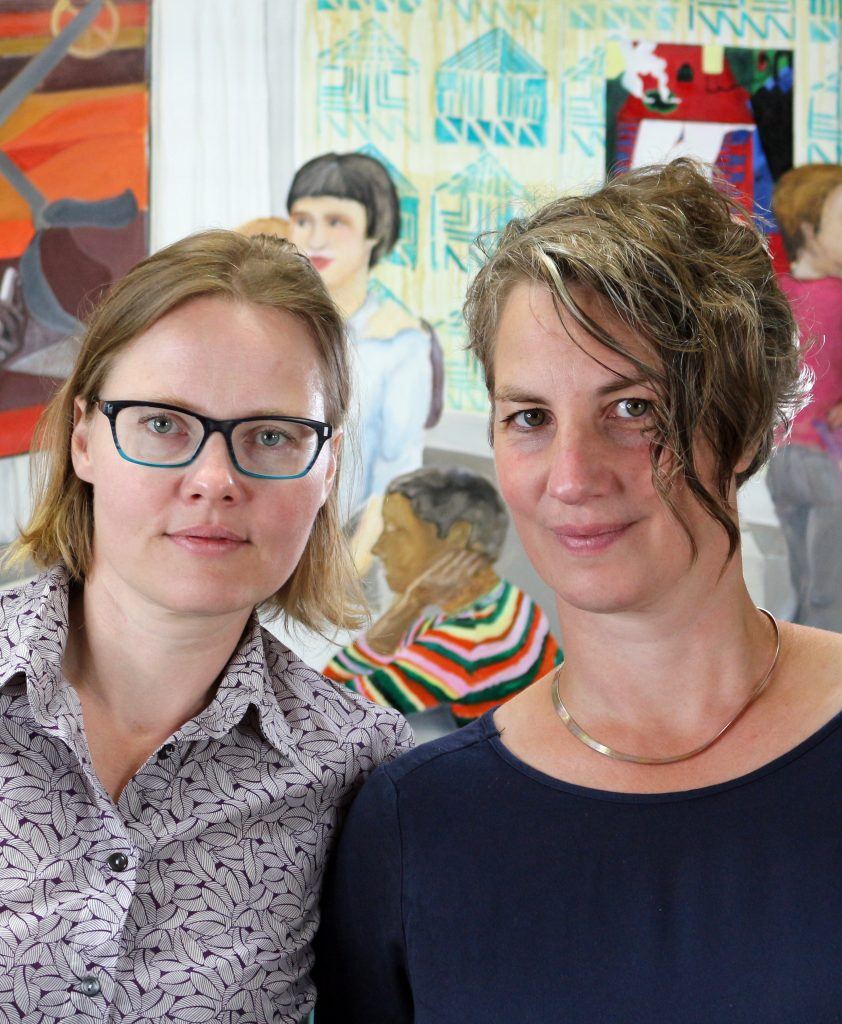
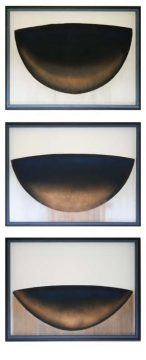

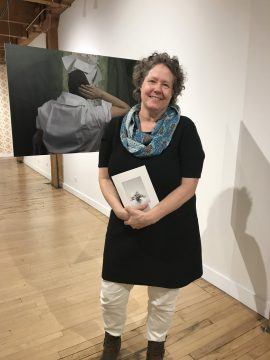
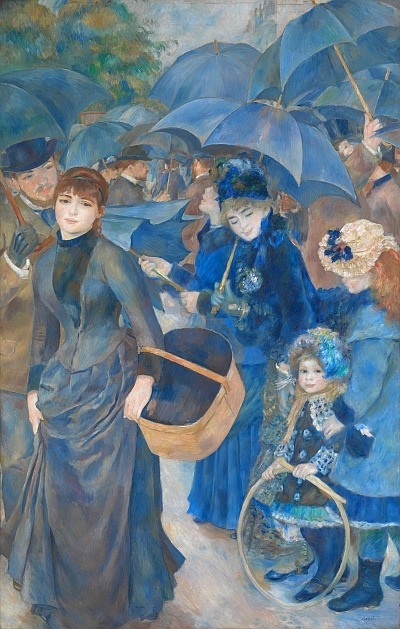

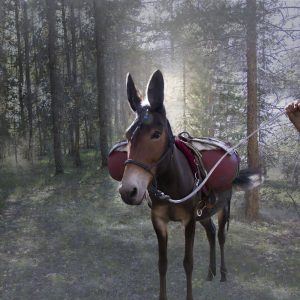
 Novels set in New York and Berlin of the 1980s and 1990s, in other words, just as subculture was at its apogee and the first major gentrification waves in various neighborhoods of the two cities were underway—particularly when they also try to tell the coming-of-age story of a young art student maturing into an artist—these novels run the risk of digressing into art scene cameos and excursions on drug excess. In her novel A Lesser Day (Spuyten Duyvil, second edition 2018), Andrea Scrima purposely avoids effects of this kind. Instead, she concentrates on quietly capturing moments that illuminate her narrator’s ties to the locations she’s lived in and the lives she’s lived there.
Novels set in New York and Berlin of the 1980s and 1990s, in other words, just as subculture was at its apogee and the first major gentrification waves in various neighborhoods of the two cities were underway—particularly when they also try to tell the coming-of-age story of a young art student maturing into an artist—these novels run the risk of digressing into art scene cameos and excursions on drug excess. In her novel A Lesser Day (Spuyten Duyvil, second edition 2018), Andrea Scrima purposely avoids effects of this kind. Instead, she concentrates on quietly capturing moments that illuminate her narrator’s ties to the locations she’s lived in and the lives she’s lived there.